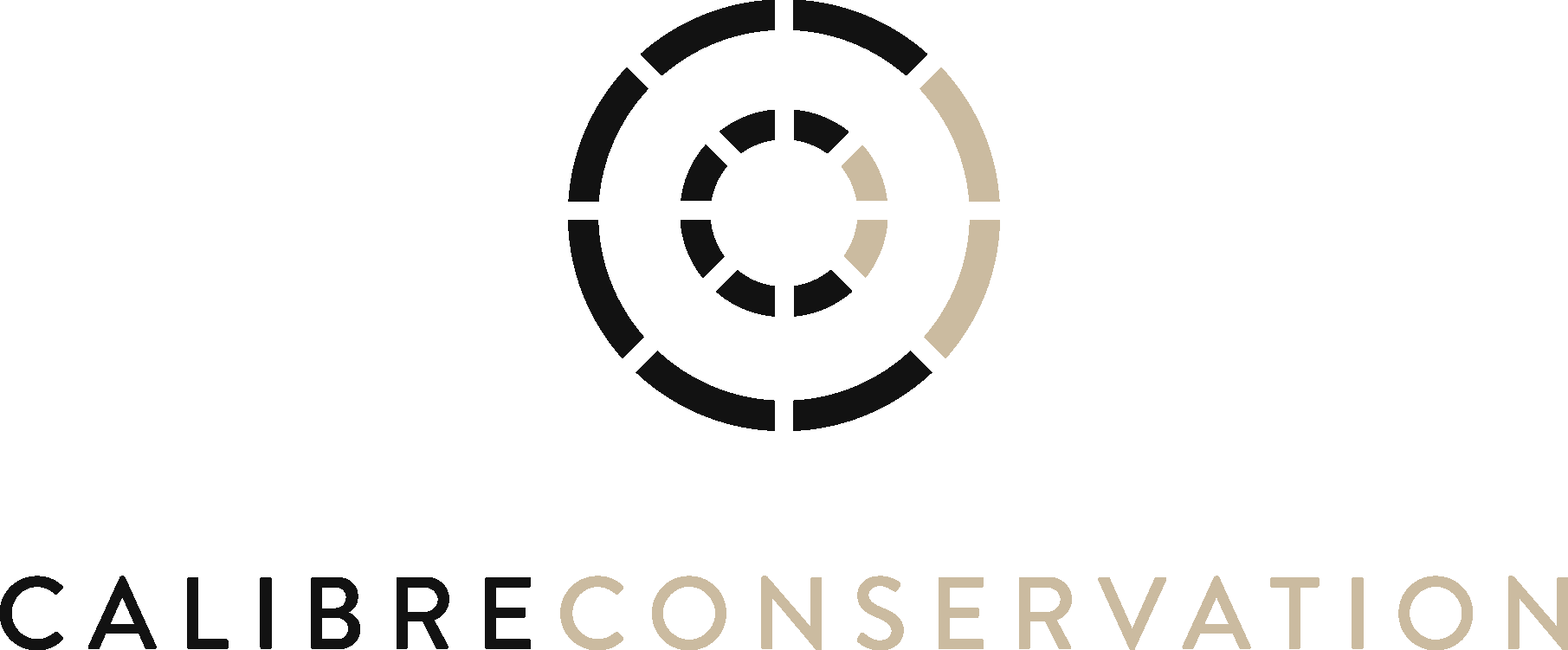ARCHITECTURALMETALWORK
We stabilise condition and, if structural stability is compromised, repair, modify loads or stresses or replace components.
From large engineering structures and architectural details (clocktowers, bandstands, conservatories, balconies, cupolas) to functional elements (fittings and fixtures, rainwater goods, railings and gates), Calibre specialises in the conservation of ferrous and non-ferrous metals.
Non-structural repair:
- Paint analysis (see Architectural Paint Research)
- Removing active corrosion layers
- Cathodic protection
- Re-forming dents and distortions
- Filling (patches, rods, epoxy resin)
- Painting with traditional, conventional and modern paints (brush, roller, conventional spraying, HVLP spraying, airless spraying, powder coating)
- Re-patination
- Protective coatings (microcrystalline wax)
- Oil gilding
Structural repair:
- Temporary stabilisation
- Dismantling, recording and labelling (avoided if components are riveted or fixed into masonry)
- Cold repairs (plates, pins, dowels, studs, bolts and stitches)
- Hot repairs (fire welding and hot-set riveting, melt welding, flame welding, arc welding including MMA, MIG, and TIG, brazing and soldering)
- Replacement of damaged or missing elements
- Galvanising
Often a prerequisite for repair and re-painting, at Calibre, all cleaning is carried out by skilled and experienced operators. Our flexible approach is based on careful specification and closely-monitored cleaning trials.
Calibre Conservation offers a variety of specialist cleaning methods, which are broadly categorised into dry (mechanical) and wet (aqueous and chemical) cleaning.
Dry (mechanical) cleaning:
- Scrapers and wire brushes
- Needleguns and descaling chisels
- Scalpels and spatulas
- Dry air-abrasion (usually limited to structural iron and steelwork although dry ice and sponge-blasting may be used in other applications)
Wet (aqueous and chemical) cleaning:
- Brushing
- Ultra high-pressure water jetting
- TORC wet air-abrasion
- DOFF steam cleaning
- Chemical (acids, alkalis, organic solvents, inhibitors and wetting agents, and releasing oil)

